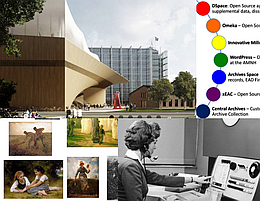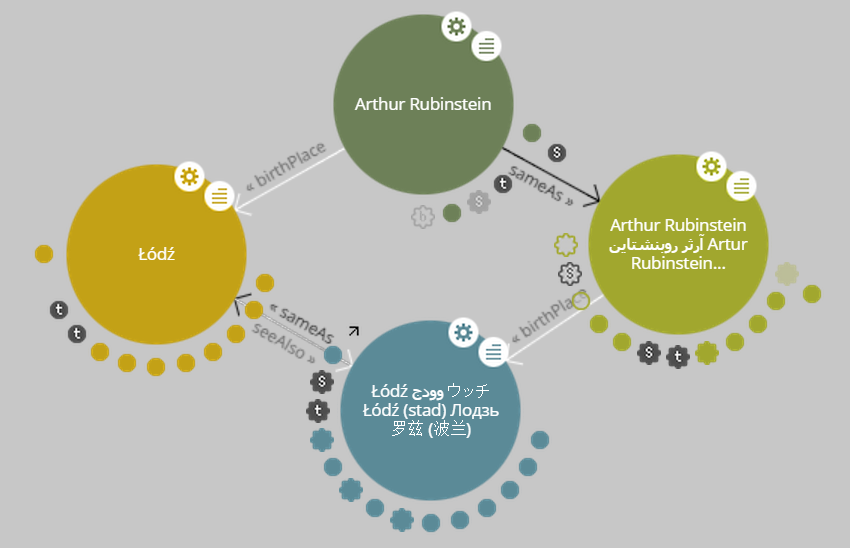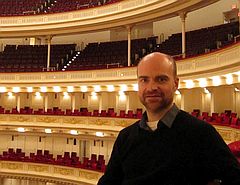Streszczenie
W czwartek 21 stycznia 2016 braliśmy udział w dorocznej konferencji METRO – Metropolitan New York Library Council – która miała miejsce w Baruch College w Manhattanie. Konferencja ta, jak i poprzednie, była doskonałym przeglądem najnowszych inicjatyw, pomysłów, rozwiązań i projektów w dziedzinie humanistyki cyfrowej w społeczności GLAM. Poniżej przedstawiamy omówienie wybranych prezentacji w języku angielskim.
 The annual METRO (Metropolitan New York Library Council) conferences are about the best sources of the latest inventions, projects and ideas in the GLAM community, concentrated in one day of intense briefings. This year was no exception – the conference that took place January 21, 2016 at the Baruch College in Manhattan. On the conference a number of “Project briefings” were presented – the intent was to show the projects in progress and discuss their workings, issues and plans, not necessarily the completed works. It was impossible to attend so many parallel briefings; we have selected two in each sessions, and report on them here as a sampling of the conference.
The annual METRO (Metropolitan New York Library Council) conferences are about the best sources of the latest inventions, projects and ideas in the GLAM community, concentrated in one day of intense briefings. This year was no exception – the conference that took place January 21, 2016 at the Baruch College in Manhattan. On the conference a number of “Project briefings” were presented – the intent was to show the projects in progress and discuss their workings, issues and plans, not necessarily the completed works. It was impossible to attend so many parallel briefings; we have selected two in each sessions, and report on them here as a sampling of the conference.
The full schedule of the conference is available, as well as a listing of the project briefings.
Keynote
The inaugurating keynote was delivered by Kari Lämsä, the manager of Library Number 10 and the Urban Workshop in Helsinki. He presented a fascinating case of modern library and a testbed for a library transformation to 21 century. [Presentation slides]
The author started with an observation, that only some 25% of the patrons check-out materials from the library and the library events are now organized in 80% to 90% by its customers. He then described the transformations, beginning with the furniture – traditionally uncomfortable library chairs to various places – some flexible, some comfortable, some creating a tranquil space, all movable by the customers from one place to another. Another change was to treat paperback editions as consumables – no reservations, no fixed order on shelves, read until fall apart. Czytaj dalej „METRO Annual Conference 2016”





